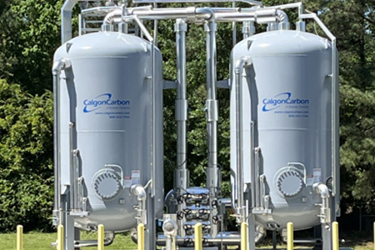How To Reduce Water Usage When Starting Up A Granular Activated Carbon (GAC) System

GAC filtration is considered the best available technology (BAT) for a multitude of organic contaminants found in potable water, including per- and polyfluoroalkyl substances (PFAS), total organic carbon (TOC), and taste and odor (T&O) compounds. Due to its multi-contaminant barrier properties, GAC filters are becoming more common in water treatment plants (WTPs) as new and existing regulations evolve.
Those unfamiliar with the start-up process for GAC media may be unaware of the volume of water required to commission a GAC filter. For decades, this volume of water has not been a problem, particularly if the WTP is connected to a sewer. However, as the recent EPA PFAS regulations require utility directors to install GAC filters in remote locations to be in compliance, it is essential to understand the water requirements and mitigation strategies available to properly commission GAC filters. This article will serve to help utilities and municipalities to better understand the startup process, explain what to expect and why, and offer solutions to reduce the amount of water needed to get GAC filters online.
Get unlimited access to:
Enter your credentials below to log in. Not yet a member of Water Online? Subscribe today.
